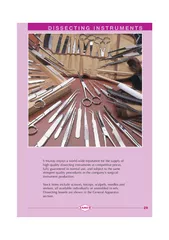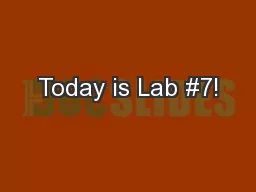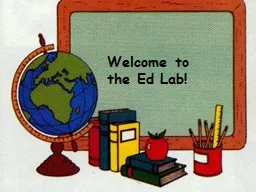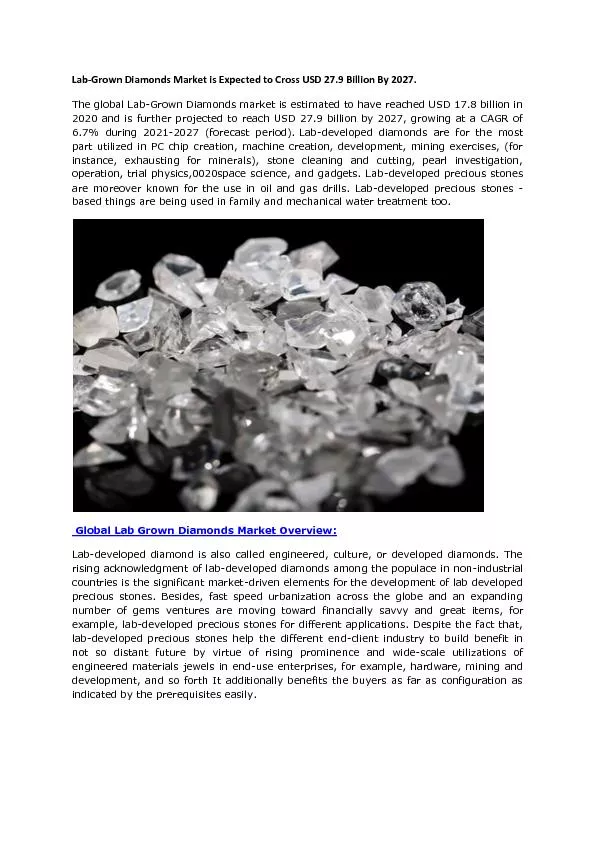PPT-Link from the Lab to Today:
Author : pasty-toler | Published Date : 2018-02-19
Leaf Structure and Function and AC Leaf Hunter Activity on Monday Copy this into your notebooks Leaf Structure Fig 1 CrossSection of a Leaf Term Definitions Epidermis
Presentation Embed Code
Download Presentation
Download Presentation The PPT/PDF document "Link from the Lab to Today:" is the property of its rightful owner. Permission is granted to download and print the materials on this website for personal, non-commercial use only, and to display it on your personal computer provided you do not modify the materials and that you retain all copyright notices contained in the materials. By downloading content from our website, you accept the terms of this agreement.
Link from the Lab to Today:: Transcript
Download Rules Of Document
"Link from the Lab to Today:"The content belongs to its owner. You may download and print it for personal use, without modification, and keep all copyright notices. By downloading, you agree to these terms.
Related Documents














